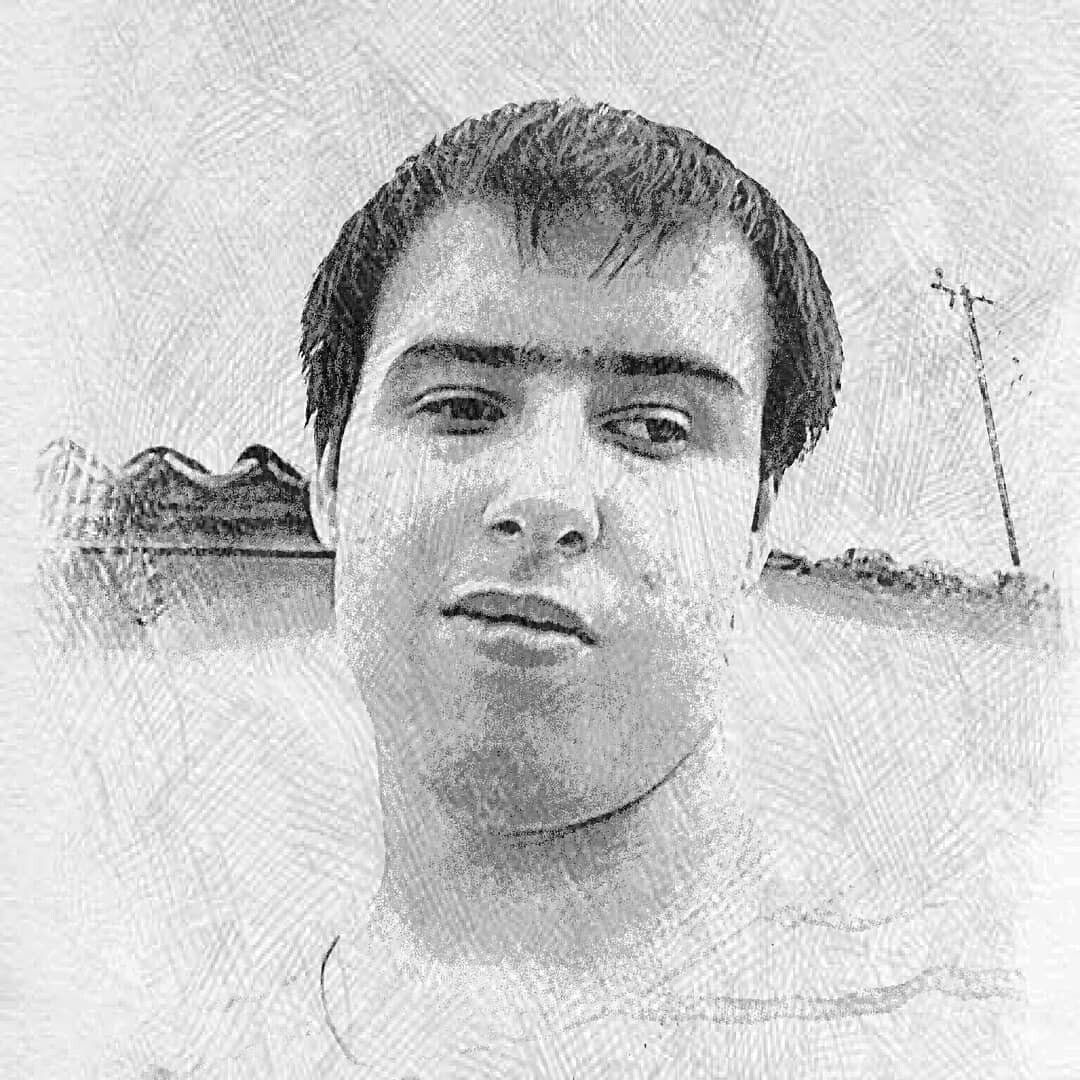Fortifying the Future: How Iodised Salt in Processed Foods Can Enhance Global Health

- Blog Yazısı
Everyday, we use salt. It's an unassuming staple in our diets, universally crucial yet often overlooked as a source of one of the most essential nutrients—iodine. Yet, iodine deficiency is a public health issue that affects millions of people worldwide, leading to developmental delays, stunted growth, and cognitive impairments. In an innovative effort to combat iodine deficiency globally, the Iodine Global Network (IGN) has spearheaded a series of pilot programs in diverse countries to assess the use of iodised salt in industrially processed foods. Their pilot projects, spanning countries from North Macedonia to Thailand, are shedding light on the untapped potential of processed foods to deliver necessary micronutrients and support public health.
Historically, public health initiatives aimed at preventing iodine deficiency have primarily focused on iodising household salt. This approach, while effective, has its limitations. In many parts of the world, diets are evolving, and more people are consuming processed foods, which often constitute a significant portion of daily salt intake. Recognizing this trend, IGN set out to explore how processed foods—if fortified with iodised salt—could contribute to adequate iodine intake on a population-wide scale.
The challenge was significant as the presence and levels of iodine in processed food salts are often poorly understood. Current national efforts to monitor and achieve comprehensive iodised salt coverage seldom focus on the food industry. To bridge this gap, the IGN created a detailed program guidance to help national managers assess the iodine contribution of widely consumed processed foods. The goal was not only to showcase the potential benefits of industrially iodised salt but also to strengthen regulatory and monitoring frameworks supporting this initiative.
Five countries—Kenya, North Macedonia, the Republic of Moldova, Sri Lanka, and Thailand— were selected for the pilot based on a range of criteria including existing mandatory legislation for salt iodisation and recent data on household salt use and iodine status among populations. These countries provided a diverse contextual backdrop to test the guidance effectively.
The methodology was meticulous, starting with Module 1, which facilitated the review of available national data sources to identify major salt contributors among processed foods. This information set the stage for more comprehensive modules that analyzed current iodine consumption against national dietary standards and explored the legislative environment for salt iodisation.
Moving through the structured modules, national teams assessed household and food industry salt use patterns. These teams identified commonly consumed processed foods and calculated the iodine they could provide if all of their salt were iodised. This systematic approach allowed for practical modeling of how changes in salt iodisation could affect national iodine intake and nutrition.
The case of North Macedonia illustrated the impact vividly. With mandatory legislation in place, nearly all household salt was iodised, and iodine intake was generally adequate across key population groups. However, a gap in data emerged around the use of iodised salt in imported foods, which hold a substantial market share. Similar trends were noted in Moldova and Thailand where household salt iodisation was common, but enforcement for processed foods was inconsistent, leading to potential dips in overall iodine intake from these products.
Sri Lanka's assessment highlighted another key issue—the limited market penetration of industrially processed foods. Here, the focus was on bread, biscuits, and dried fish. The data showed that combining household salt with iodised salt in these foods could meet over 115% of the Estimated Average Requirement (EAR) for iodine in non-pregnant adults. However, achieving salt reduction targets could lower this figure unless strategic changes were made to the iodine levels in salt used across food products.
Challenges were intrinsic to the process, primarily revolving around gaps in reliable data. Whether it was food composition, market share of imported processed goods, or inconsistencies in legislative enforcement, these gaps required teams to make data-driven assumptions. Yet, discussing these challenges with IGN's technical support provided valuable insights and informed future iterations of the guidance.
Despite these hurdles, each pilot country found opportunities for strategic advancements. In North Macedonia, recommendations included regular iodine status monitoring, expanding the national iodine oversight committee to include food industry representatives, and aligning salt iodisation with salt reduction initiatives. In Moldova, the focus shifted to clarifying legislation and improving enforcement, alongside strengthening collaborations between public health agencies, the food industry, and customs enforcement.
The collective findings underscored the need for robust, continuous assessment and stronger regulatory environments. They also highlighted how policy synchronization— like combining salt reduction with iodisation—could enhance public health outcomes. For instance, reducing overall salt intake while ensuring that the remaining consumable salt is iodised can maintain or even improve iodine intake levels without increasing salt consumption.
Aslında maddi destek istememizin nedeni çok basit: Çünkü Evrim Ağacı, bizim tek mesleğimiz, tek gelir kaynağımız. Birçoklarının aksine bizler, sosyal medyada gördüğünüz makale ve videolarımızı hobi olarak, mesleğimizden arta kalan zamanlarda yapmıyoruz. Dolayısıyla bu işi sürdürebilmek için gelir elde etmemiz gerekiyor.
Bunda elbette ki hiçbir sakınca yok; kimin, ne şartlar altında yayın yapmayı seçtiği büyük oranda bir tercih meselesi. Ne var ki biz, eğer ana mesleklerimizi icra edecek olursak (yani kendi mesleğimiz doğrultusunda bir iş sahibi olursak) Evrim Ağacı'na zaman ayıramayacağımızı, ayakta tutamayacağımızı biliyoruz. Çünkü az sonra detaylarını vereceğimiz üzere, Evrim Ağacı sosyal medyada denk geldiğiniz makale ve videolardan çok daha büyük, kapsamlı ve aşırı zaman alan bir bilim platformu projesi. Bu nedenle bizler, meslek olarak Evrim Ağacı'nı seçtik.
Eğer hem Evrim Ağacı'ndan hayatımızı idame ettirecek, mesleklerimizi bırakmayı en azından kısmen meşrulaştıracak ve mantıklı kılacak kadar bir gelir kaynağı elde edemezsek, mecburen Evrim Ağacı'nı bırakıp, kendi mesleklerimize döneceğiz. Ama bunu istemiyoruz ve bu nedenle didiniyoruz.
The IGN's initiative speaks to a broader narrative in public health: the synergy between policy, industry practices, and nutritional science. It demonstrates that revisiting and strengthening established strategies with contemporary data and innovative approaches is not just beneficial but necessary. As dietary patterns evolve and new processed foods enter the market, flexibility and vigilance in public health strategies can ensure that essential nutrients like iodine are adequately provided to populations worldwide.
Looking ahead, the pilot programs' feedback has fueled the development of a more refined version of the guidance, incorporating practical lessons and ensuring it is applicable to varied national contexts. The IGN plans to expand technical support and develop training materials to assist other countries in adopting these strategies, heralding a new era of comprehensive nutrient fortification. This forward-looking approach promises not only to address iodine deficiency more effectively but also to fortify global health against future nutritional challenges.
- 0
- 0
- 0
- 0
- 0
- 0
- 0
- 0
- 0
- 0
- 0
- 0
Evrim Ağacı'na her ay sadece 1 kahve ısmarlayarak destek olmak ister misiniz?
Şu iki siteden birini kullanarak şimdi destek olabilirsiniz:
kreosus.com/evrimagaci | patreon.com/evrimagaci
Çıktı Bilgisi: Bu sayfa, Evrim Ağacı yazdırma aracı kullanılarak 19/12/2025 02:11:01 tarihinde oluşturulmuştur. Evrim Ağacı'ndaki içeriklerin tamamı, birden fazla editör tarafından, durmaksızın elden geçirilmekte, güncellenmekte ve geliştirilmektedir. Dolayısıyla bu çıktının alındığı tarihten sonra yapılan güncellemeleri görmek ve bu içeriğin en güncel halini okumak için lütfen şu adrese gidiniz: https://evrimagaci.org/s/17620
İçerik Kullanım İzinleri: Evrim Ağacı'ndaki yazılı içerikler orijinallerine hiçbir şekilde dokunulmadığı müddetçe izin alınmaksızın paylaşılabilir, kopyalanabilir, yapıştırılabilir, çoğaltılabilir, basılabilir, dağıtılabilir, yayılabilir, alıntılanabilir. Ancak bu içeriklerin hiçbiri izin alınmaksızın değiştirilemez ve değiştirilmiş halleri Evrim Ağacı'na aitmiş gibi sunulamaz. Benzer şekilde, içeriklerin hiçbiri, söz konusu içeriğin açıkça belirtilmiş yazarlarından ve Evrim Ağacı'ndan başkasına aitmiş gibi sunulamaz. Bu sayfa izin alınmaksızın düzenlenemez, Evrim Ağacı logosu, yazar/editör bilgileri ve içeriğin diğer kısımları izin alınmaksızın değiştirilemez veya kaldırılamaz.








